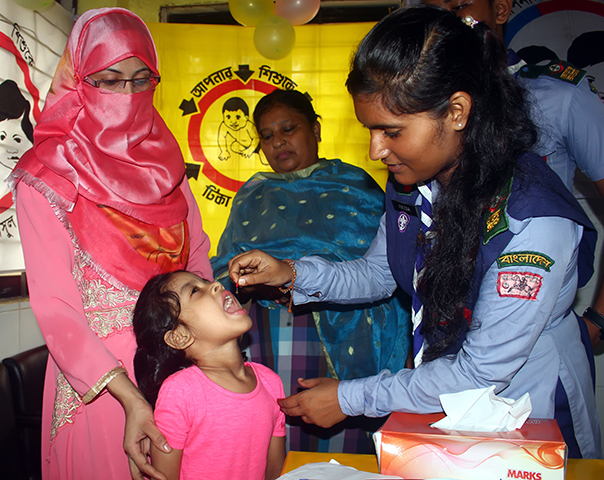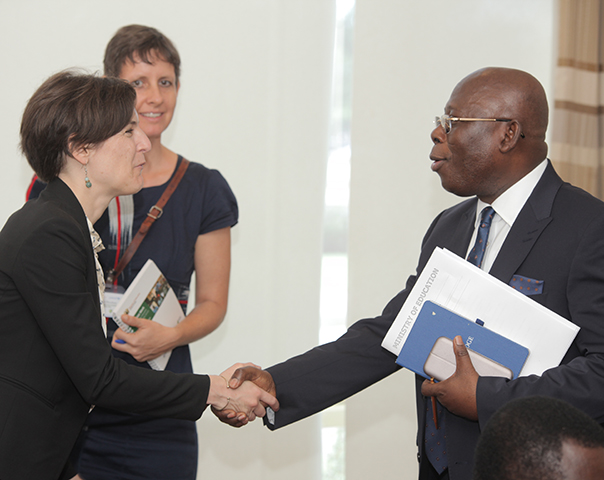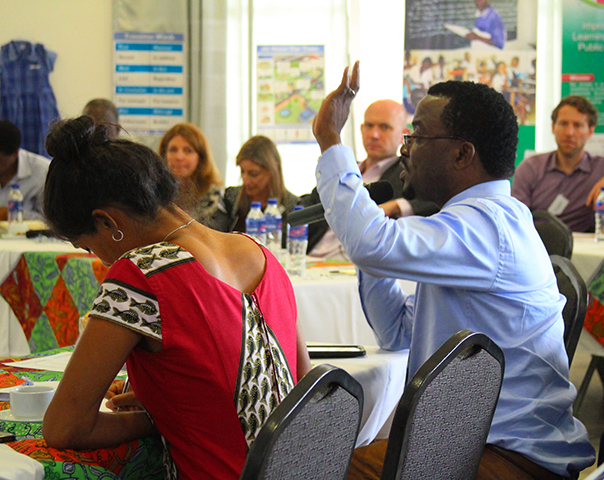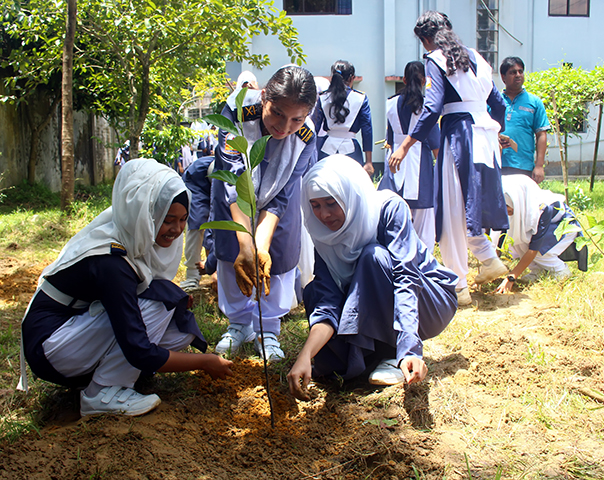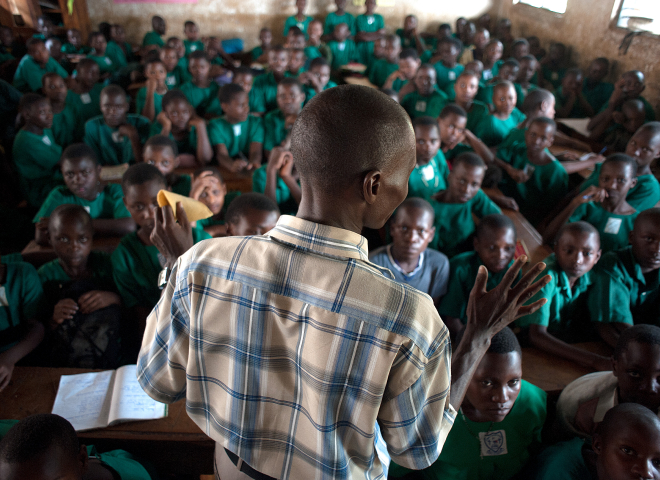The Challenge
Across the world, social learning—where people observe others and model their behavior after them—is a powerful driver of adopting modern technologies. This can be seen in the agricultural sector, where farmers often learn about and adopt new agricultural practices through observing and interacting with peers, which can lead to improved productivity, profitability, and livelihoods.1 However, the dynamics of social learning are poorly understood in many contexts. How exactly do people decide to adopt a new technology? And which firms or individuals, if targeted strategically, can trigger widespread adoption through their networks?
Understanding how knowledge about new technologies spreads through nearby firms could help policymakers design smarter interventions to stimulate adoption. In Bangladesh, these questions take on practical importance in addressing how one of its key sectors—manufacturing—contributes to climate change. The sector relies heavily on fossil fuels for electricity generation, and this is driving a growing share of the country’s carbon emissions. In the leather goods industry particularly, firms typically use clutch motors for sewing machines, but much of the energy is wasted when a worker is not actively operating the machine. Servo motors are a modern technology that reduces electricity consumption by 71 percent and produces at the same capacity.2 Yet most firms have not adopted them, partly because many managers are unaware the technology even exists or that it can be retrofitted onto their current machines.
The Evaluation
In partnership with IPA Bangladesh, researchers conducted a randomized evaluation to measure how knowledge and adoption of servo motors spread among leather goods firms. The intervention took place in the capital, Dhaka, between April 2022 and October 2023 and involved firms that had at least two stitching machines with clutch motors attached and paid for electricity on a per-unit basis.
A total of 505 firms were randomly assigned to the following groups:
- Information: Firms watched a video about servo motors, which explained the cost savings and showed how to replace a clutch motor with a servo motor on an existing machine.
- Information and motor installation: Firms watched a video about servo motors. They also had a servo motor installed on one machine and electricity meters on two machines, one with the new servo motor and one with a clutch motor, to show how much energy they were saving.
- Comparison: Firms received no intervention.
Results
The intervention revealed that local exposure was key to spurring the adoption of servo motors. Firms within 500 meters of firms that received the video and motor installation were 16 to 19 percentage points more likely to adopt a servo motor. In particular, neighboring firms communicated more with firms that received an installation to see the motors and electricity meters in action. They were also more likely to adopt the motors when the firm that installed them produced similar products.
Meanwhile, receiving the interventions had an impact on servo motor adoption. However, this was to a lesser degree than the social learning: firms that received only the video increased adoption by nine percentage points, while firms that received the video and motor installation themselves were nine percentage points more likely to purchase additional motors.
Researchers estimated that accounting for both social learning and emissions reductions, every dollar the government would spend on servo motors would generate USD 5.14 in social benefits, which is considered large. Social learning accounted for one-third of this value. This suggests it could be an effective policy lever alongside subsidies for governments to promote widespread adoption of the servo motors and other climate-friendly technologies in the manufacturing sector and beyond.
Sources
1. Beaman, Lori, Ariel BenYishay, Jeremy Magruder, and Ahmed Mushfiq Mobarak. "Can network theory-based targeting increase technology adoption?." American Economic Review 111, no. 6 (2021): 1918-1943.
BenYishay, Ariel, and A. Mushfiq Mobarak. "Social learning and incentives for experimentation and communication." The Review of Economic Studies 86, no. 3 (2019): 976-1009.
2. Data collected from electricity meters installed in the firms





